Building Stronger Family Partnerships: Lessons from Our Peer Learning Community
By Kevin Wilson, Program Manager
“It is not family circumstances that determine engagement but our responses to those circumstances that will make the difference.”
— Steven Constantino
Family Partnerships are at the heart of the community school framework, driving both student success and stronger school communities. The 2024–25 school year was full of challenges—unpredictable and complex—but one thing remained constant: the unwavering commitment of community school professionals who continued to show up for the youth and families of San Francisco Unified School District (SFUSD).
Leading this vital work, the San Francisco Beacon Initiative’s Family Partnership Peer Learning Community (PLC) created space for school professionals to come together, share insights, and grow their capacity to support and empower families. Through a series of dynamic sessions and thoughtful conversations, our PLC cultivated strategies that not only strengthened partnerships but also improved how youth and families experience education.
Over the course of the school year, the Family Partnership PLC emphasized three guiding objectives to deepen engagement and drive progress. First, by strengthening internal and external professional networks, participants were able to share services and align resources to better support families as they navigated the structures and systems within SFUSD. Second, they exchanged innovative strategies and introduced new programming across school sites, encouraging professionals to take risks, test new ideas, and learn from one another’s experiences in partnering with families. Third, the PLC encouraged ongoing reflection, helping participants clarify their roles, identify areas for improvement, and take action to enhance the quality and impact of their work.
Effective family engagement isn't one-size-fits-all—it requires creativity, collaboration, and cultural responsiveness. Throughout the year, the PLC highlighted best practices that could be adapted to meet the unique needs of different school communities. For example, Marina Middle School implemented a practice called We Love Our Marina Families, an inclusive and collaborative event-planning model that brings families and school staff together to co-design meaningful engagement opportunities. A.P. Giannini Middle School introduced Data Talks! Using School Climate Surveys to Boost Community Engagement, a data-informed process for collecting family feedback and turning it into concrete improvements in school services and supports. Meanwhile, Presidio Middle School highly publicized Presidio School Tours, a thoughtful engagement process that welcomes incoming sixth-grade families and supports eighth-grade students and their families in preparing for the transition to high school.
These initiatives reflect the power of shared decision-making and parent voice—turning engagement into collaboration, and participation into leadership. They also illustrate how adaptable, responsive practices can create stronger, more equitable partnerships between schools and families.
To support this work, the PLC drew inspiration from Charles Vogl’s The Art of Community: Seven Principles for Belonging. These principles—including shared values, setting boundaries, and creating rituals—offered a lens through which participants could view their school communities. By applying these ideas, professionals were able to foster more inclusive, connected, and welcoming environments across their school sites.
Looking ahead to the 2025–26 school year, the Family Partnership PLC will focus on the Five Best Practices of Effective Family Partnerships. This framework outlines key strategies for building trust and relationships, creating equitable communication channels, involving families in shared decision-making, aligning services with family needs, and fostering leadership and empowerment among families. The upcoming year will continue to build on the lessons we’ve learned, offering more opportunities to share what works and grow stronger together.
The journey toward stronger family partnerships is ongoing—but with each shared story, new strategy, and meaningful collaboration, we grow closer to our goal: community schools where every family is valued, engaged, and empowered.



